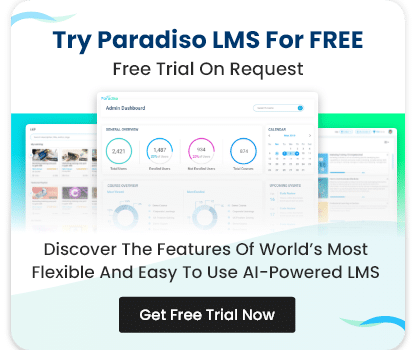In today’s fast-paced digital landscape, managing and delivering content to your team, customers, and partners has never been more critical. With so many solutions available, two of the most popular platforms—learning management systems (LMS) and content management systems (CMS)—often come into the spotlight. Although they share similarities in content delivery and management, they serve distinct purposes that, when integrated, can supercharge your organization’s productivity. This comprehensive guide will explore the key differences between LMS and CMS, detail their core features and examples, and explain why an all-in-one approach can offer unparalleled value.

We have
something for you!
Are you still figuring out which LMS is the best? Grab the chance to explore the LMS Buyer's Guide and get started.

















